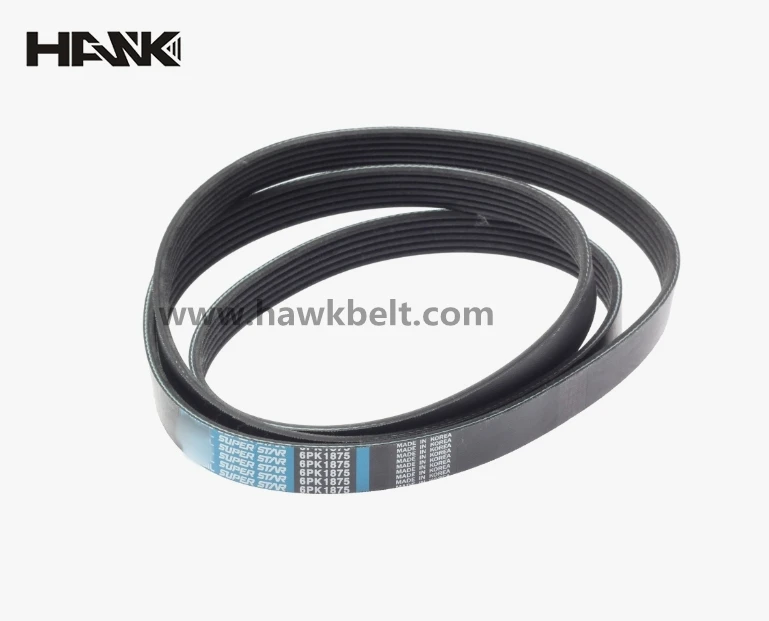- Arabic
- French
- Russian
- Spanish
- Portuguese
- Turkish
- Armenian
- English
- Albanian
- Amharic
- Azerbaijani
- Basque
- Belarusian
- Bengali
- Bosnian
- Bulgarian
- Catalan
- Cebuano
- Corsican
- Croatian
- Czech
- Danish
- Dutch
- Afrikaans
- Esperanto
- Estonian
- Finnish
- Frisian
- Galician
- Georgian
- German
- Greek
- Gujarati
- Haitian Creole
- hausa
- hawaiian
- Hebrew
- Hindi
- Miao
- Hungarian
- Icelandic
- igbo
- Indonesian
- irish
- Italian
- Japanese
- Javanese
- Kannada
- kazakh
- Khmer
- Rwandese
- Korean
- Kurdish
- Kyrgyz
- Lao
- Latin
- Latvian
- Lithuanian
- Luxembourgish
- Macedonian
- Malgashi
- Malay
- Malayalam
- Maltese
- Maori
- Marathi
- Mongolian
- Myanmar
- Nepali
- Norwegian
- Norwegian
- Occitan
- Pashto
- Persian
- Polish
- Punjabi
- Romanian
- Samoan
- Scottish Gaelic
- Serbian
- Sesotho
- Shona
- Sindhi
- Sinhala
- Slovak
- Slovenian
- Somali
- Sundanese
- Swahili
- Swedish
- Tagalog
- Tajik
- Tamil
- Tatar
- Telugu
- Thai
- Turkmen
- Ukrainian
- Urdu
- Uighur
- Uzbek
- Vietnamese
- Welsh
- Bantu
- Yiddish
- Yoruba
- Zulu
Nov . 21, 2024 10:13 Back to list
timing belt teeth
Understanding Timing Belt Teeth Their Importance and Functionality
Timing belts are integral components in the mechanical systems of various engines and machines, ensuring the precise synchronization of moving parts. Among the various features of a timing belt, the teeth are crucial. They play a significant role in the belt's functionality, longevity, and overall performance. This article delves into the importance of timing belt teeth, their design, and how they impact the operation of an engine.
What is a Timing Belt?
A timing belt is a rubber belt with teeth that links the crankshaft to the camshaft in an internal combustion engine. It is essential for regulating the timing of the engine's valves in relation to the movement of the pistons. A properly functioning timing belt ensures that the engine runs smoothly, optimizes fuel consumption, and maximizes power output.
The Design of Timing Belt Teeth
The teeth on a timing belt are designed to mesh perfectly with the sprockets of the engine components. They can be found in various shapes—most commonly, they are trapezoidal or round. The design affects how well the belt engages with pulley systems, thereby influencing factors such as tension, slip, and wear.
Each tooth must maintain a specific profile to ensure that it can effectively transmit torque without slipping. The spacing between the teeth, known as pitch, is also critical. A consistent pitch allows for smooth engagement, helping to maintain the synchronization of the engine parts.
Importance of Timing Belt Teeth
timing belt teeth

1. Synchronization The primary function of the timing belt teeth is to synchronize the crankshaft and camshaft. This synchronization is vital for engine performance and prevents catastrophic engine damage. If the timing belt fails, the engine may experience misfires, decreased power, or, in severe cases, a complete engine failure due to pistons colliding with valves.
2. Durability Timing belt teeth undergo substantial wear and tear due to constant friction and tension. The material used in the construction of the belt, coupled with the quality of its teeth, determines the belt's durability. High-quality materials, such as nylon-reinforced rubber, enhance the lifespan of the teeth and the belt itself, ensuring reliable engine operation over thousands of miles.
3. Noise Reduction The design and arrangement of timing belt teeth also contribute to noise reduction within the engine. A well-designed tooth profile can lead to smoother operation, resulting in a quieter engine. This aspect is particularly valued in modern vehicles, where customer comfort is a priority.
4. Cost Efficiency Generally, replacing a timing belt is much less expensive than repairing an engine that has suffered from timing belt failure. Preventative maintenance schedules often recommend a timing belt replacement every 60,000 to 100,000 miles, depending on the vehicle manufacturer. Understanding the importance of timing belt teeth in this context can lead to better maintenance practices and, ultimately, cost savings for vehicle owners.
Maintenance and Inspection
Maintaining the timing belt and its teeth requires regular inspection to ensure they are free from wear, cracks, or damages. Signs that a timing belt may need replacement include unusual noises, engine misfires, or visible signs of wear on the teeth. Vehicle owners should refer to their owner's manual for specific maintenance schedules and guidelines.
Conclusion
Timing belt teeth may seem like small components, yet their role in the functionality of an engine or machinery cannot be overstated. From ensuring synchronization to enhancing durability and minimizing noise, these teeth are vital for the smooth operation of vehicles. Understanding their importance and engaging in regular maintenance can help prevent costly repairs, ensuring that engines run efficiently for years to come. In an era of increasing technological complexity in automotive design, the humble timing belt and its teeth remain a fundamental aspect of engine mechanics worth understanding and appreciating.
-
Korean Auto Parts Timing Belt 24312-37500 For Hyundai/Kia
NewsMar.07,2025
-
7PK2300 90916-T2024 RIBBED BELT POLY V BELT PK BELT
NewsMar.07,2025
-
Chinese Auto Belt Factory 310-2M-22 For BMW/Mercedes-Benz
NewsMar.07,2025
-
Chinese Auto Belt Factory 310-2M-22 For BMW/Mercedes-Benz
NewsMar.07,2025
-
90916-02660 PK Belt 6PK1680 For Toyota
NewsMar.07,2025
-
drive belt serpentine belt
NewsMar.07,2025

